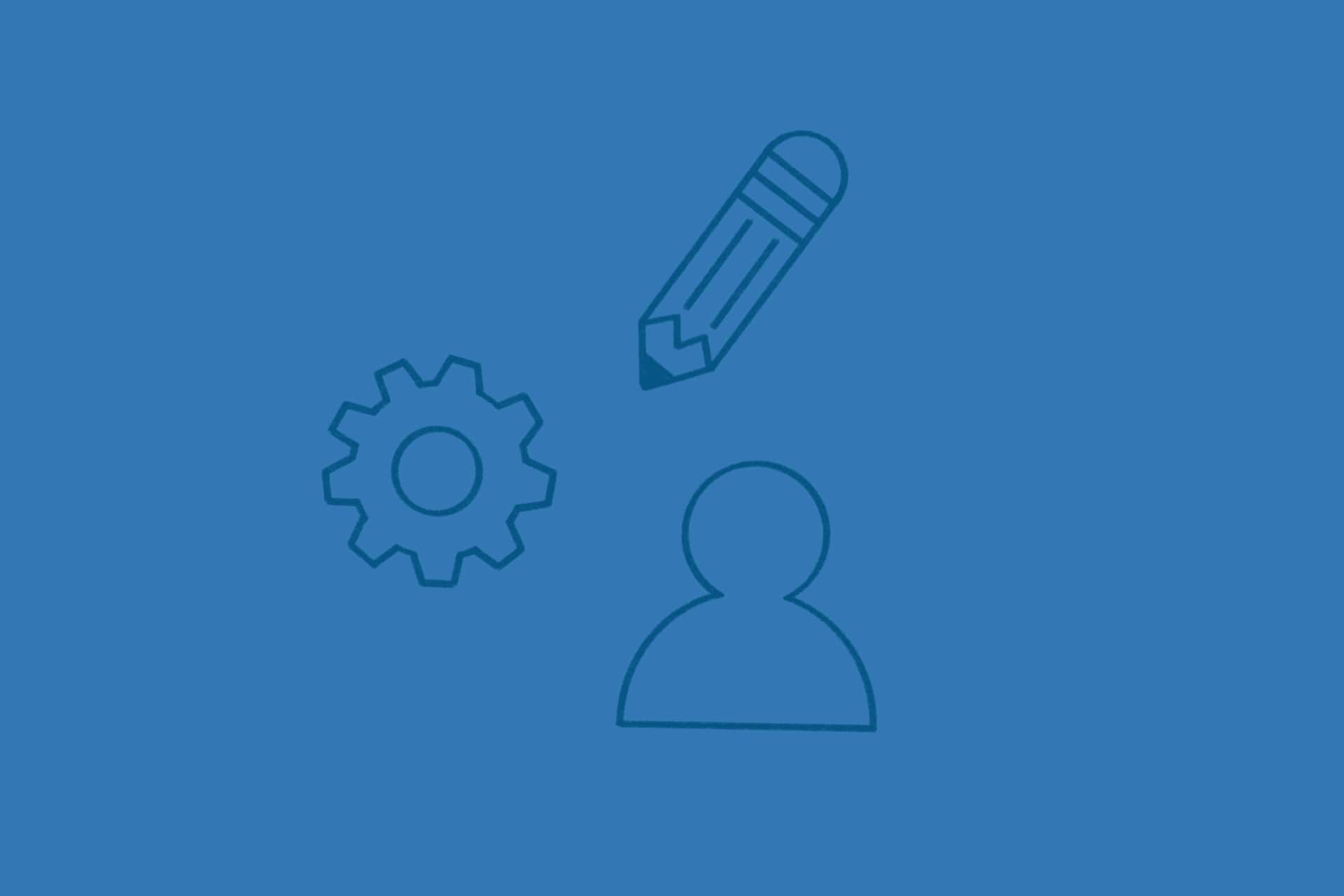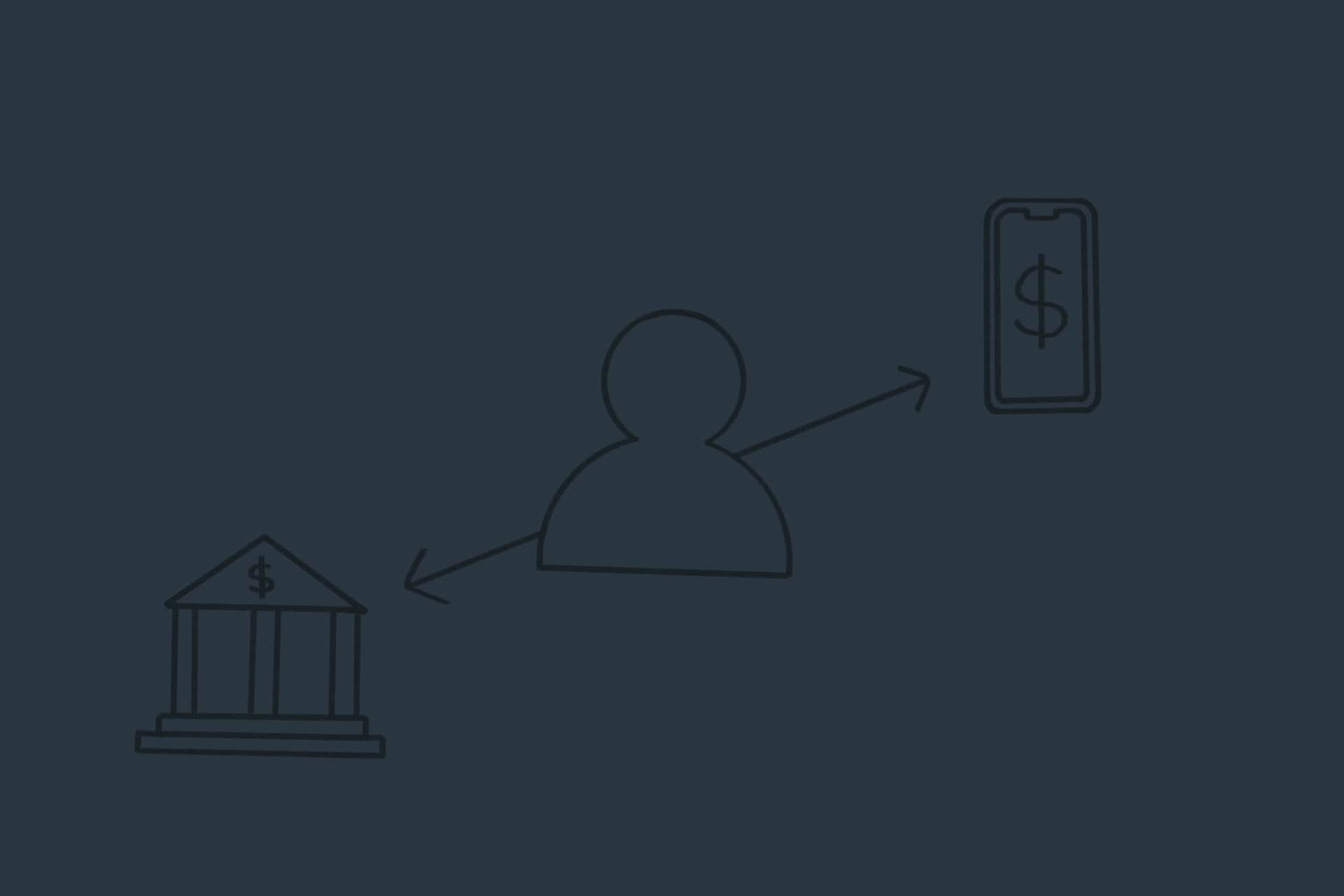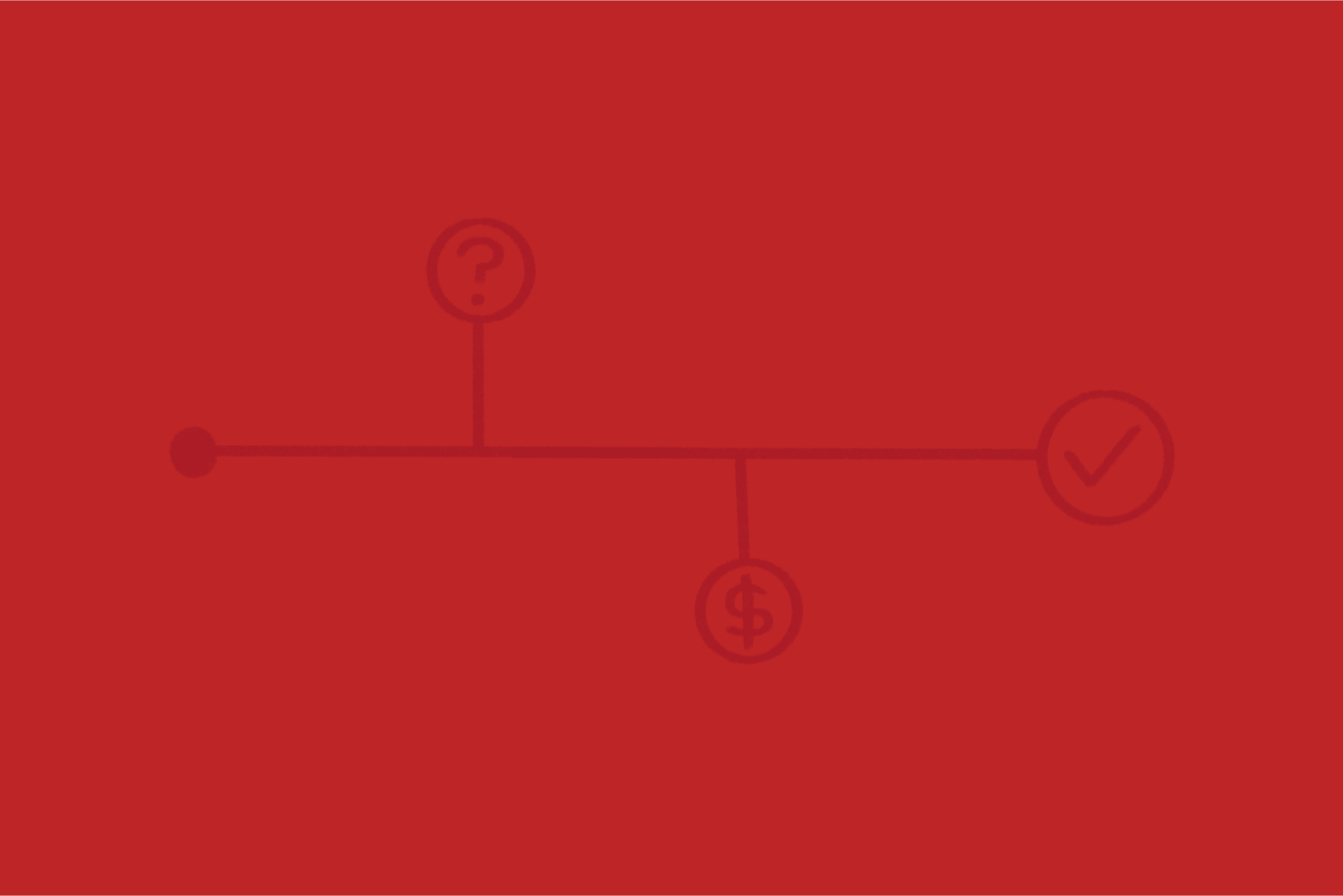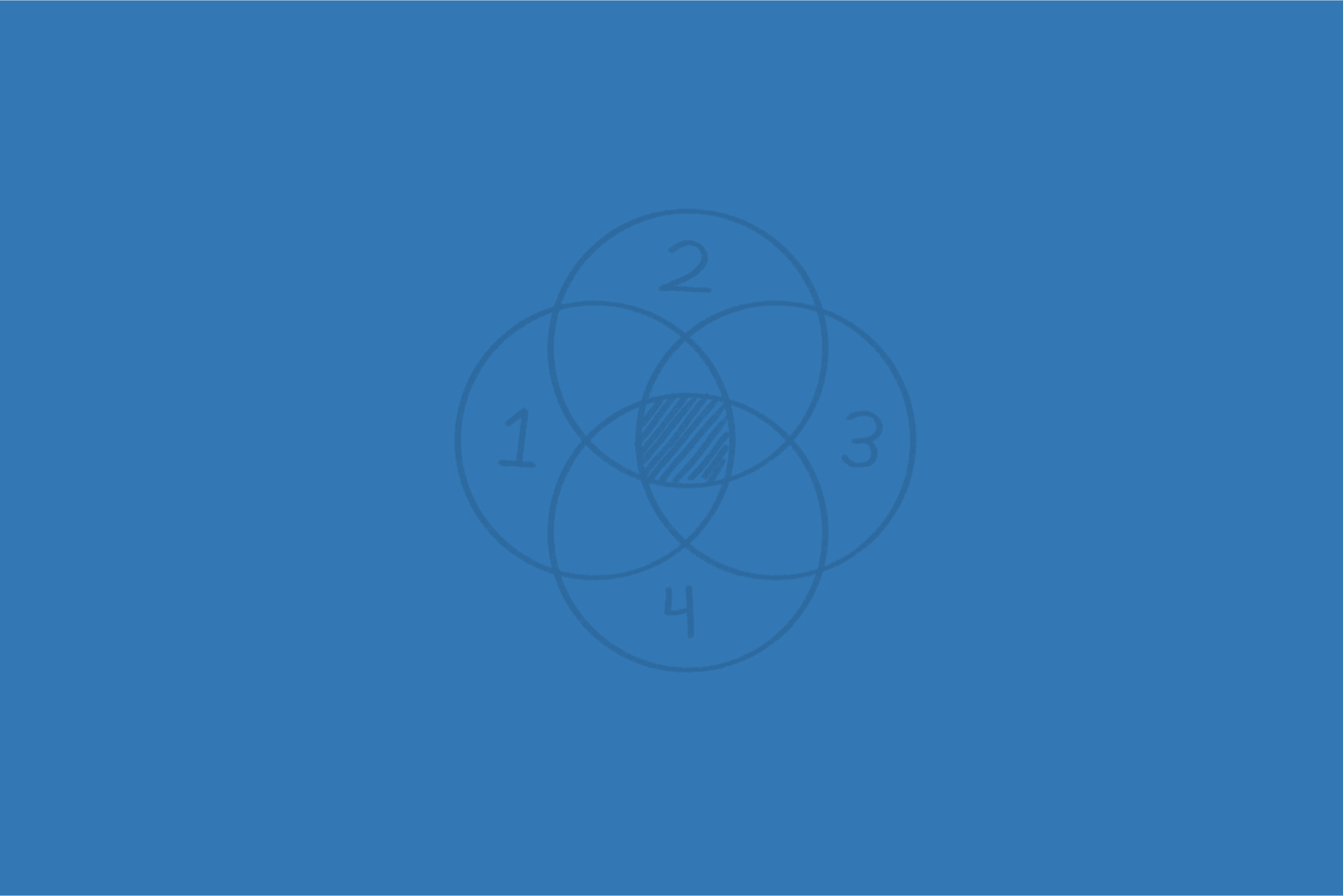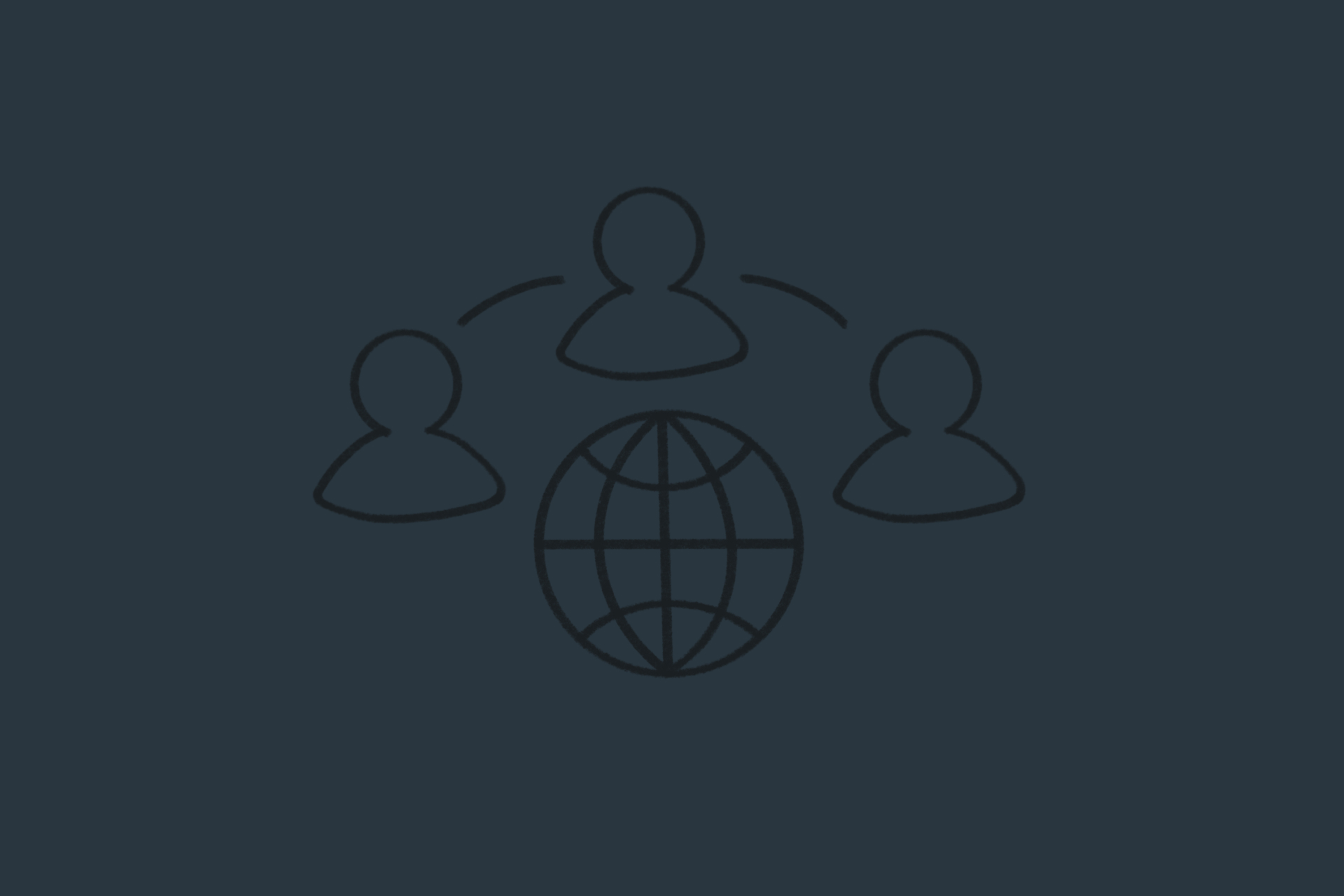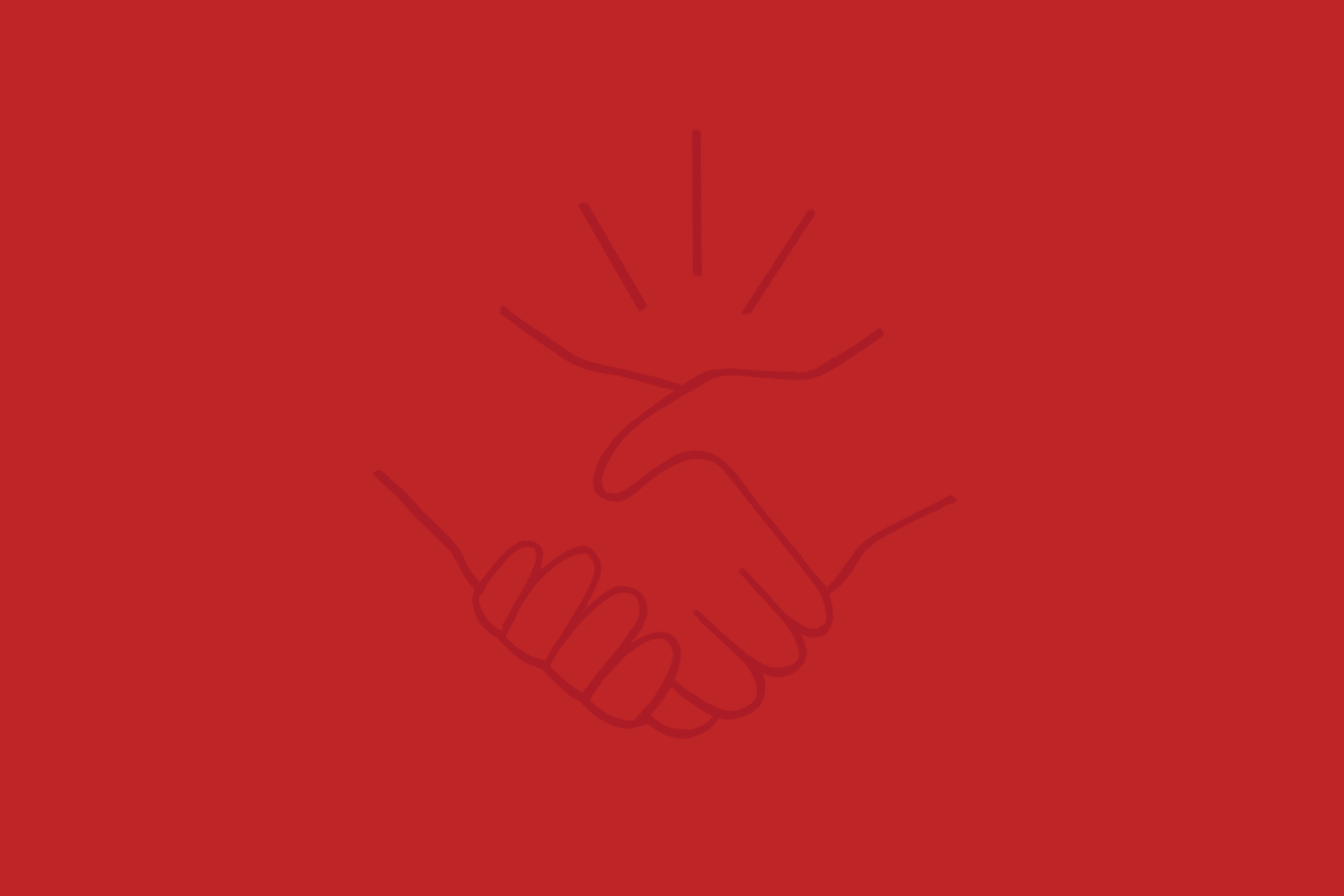Defining Design: Discovering the Underlying Human Problem
The problem: Most companies approach UX the wrong way. They think better visuals = better adoption. But in reality, the biggest UX failures happen when teams don’t uncover the real problem users are facing.
Key takeaways:
- UX is not just about screens—it’s about human behavior.
- Many digital products fail because they don’t address user fears.
- The best UX designers aren’t just artists; they’re problem solvers.
- If users won’t adopt your product, the issue may not be usability—it’s often trust.
🎧 Listen to the Humans First episode to hear the whole conversation.
The Hidden Problem in UX Design
Most companies assume that making a product look better will make it more successful. They pour millions into redesigns, convinced that a sleeker UI will drive adoption. Yet, time and time again, users refuse to engage. Why? Because the biggest UX failures don’t stem from poor design—they stem from solving the wrong problem.
In this episode of Humans First, Visual Logic partners Andy Van Fleet and Kurt Vander Wiel dive into a case study of a company that spent 20 years refining its digital platform. Despite multiple redesigns, users continued to bypass the digital experience in favor of speaking to a human. The reason? Fear, uncertainty, and lack of trust—not the UI itself.
Why Design Isn’t Just About Looks
Design is often mistaken for aesthetics, but true design is about solving problems. Andy shares a personal experience from early in his career when a client rejected every concept he presented. That moment revealed a hard truth: design isn’t about self-expression—it’s about understanding and addressing the needs of the user.
Kurt reinforces this with a powerful analogy: “Truth is a seven-faceted diamond. Every time you turn it, you see something else, but it’s always the truth.” Design, like truth, is multifaceted. What works visually may not always solve the real issue.
Case Study: Why Users Rejected a Perfectly Usable Product
One company had a digital sales experience available for 20 years, yet most customers still preferred calling a salesperson. They invested years of their budget into UX improvements—better workflows, new branding, modern UI—yet adoption remained stagnant.
After analyzing user behavior, the Visual Logic team uncovered a critical insight: the problem wasn’t usability, it was anxiety. The platform required users to make massive financial decisions, sometimes impacting an entire year’s income. No amount of aesthetic improvements could remove that fear.
Key Finding: Users weren’t rejecting the design; they were rejecting the experience of making a high-stakes decision without human reassurance.
The UX Solution: Addressing the Real Problem
Instead of another redesign, the team shifted their focus. We listened to and studied successful phone transactions and identified the core elements that built trust:
- Personal connection – Sales reps built rapport before discussing financials.
- Reassurance – Customers wanted validation that they were making a sound decision.
- Real-time insights – Sales reps provided context around market trends to guide decisions.
The solution? A digital experience that replicated those interactions. They integrated:
✅ Personalized guidance, rather than a sterile transaction flow.
✅ Dynamic market insights to mirror the real-time expertise of sales reps.
✅ Contextual reassurance throughout the decision-making process.
The Real Job of a Designer
Most UX design teams are focused on visual improvements, but real design goes deeper. A great designer:
- Finds the hidden barriers to user adoption.
- Solves psychological and emotional friction, not just usability issues.
- Designs experiences that make users feel confident, not just capable.
The designer’s job is to be comfortable in the tension—to recognize that the hardest problems are often the ones no one else has been able to solve.
Go deeper: 4 Must-Have Qualities in a UX Hire
Final Takeaways
If your users aren’t adopting a digital experience, don’t assume a new UI will fix it. Instead:
- Identify the real barriers—often psychological, not technical.
- Observe user behavior and pinpoint moments of hesitation.
- Design solutions that address fear, trust, and confidence, not just usability.
When you solve the real problem, adoption follows. Visual Logic has years of experience working with organizations to uncover their hidden problems. What problem are you currently working through? We’d love to hear about it.
🎙️ Listen now on Humans First for the full discussion.
